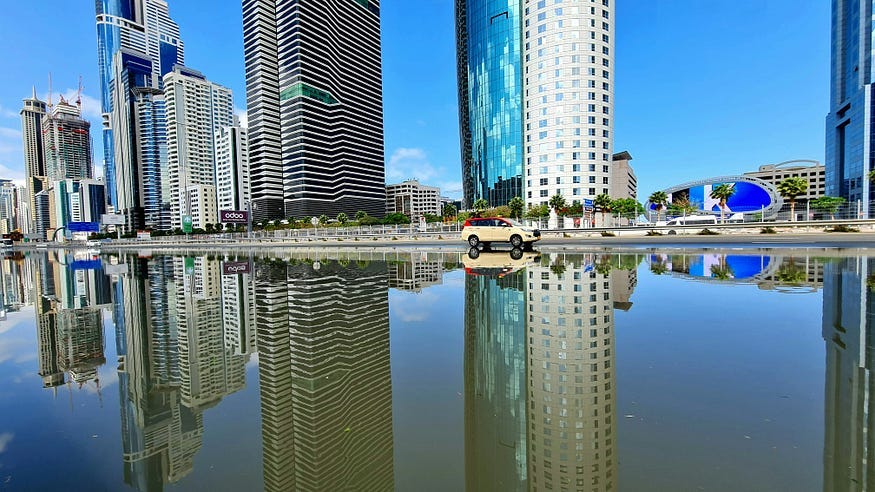
Dubai, known for its sun, just had record rainfall, and its streets overflowed. The torrential rain was part of a thunderstorm system that passed through the region. The most rain they’ve had since records began 75 years ago.
Keep reading with a 7-day free trial
Subscribe to Life, the Universe, and ALL THE THINGS to keep reading this post and get 7 days of free access to the full post archives.



